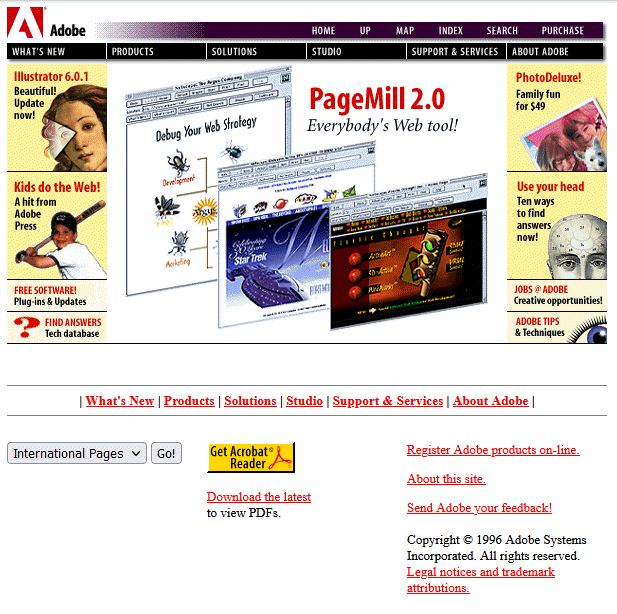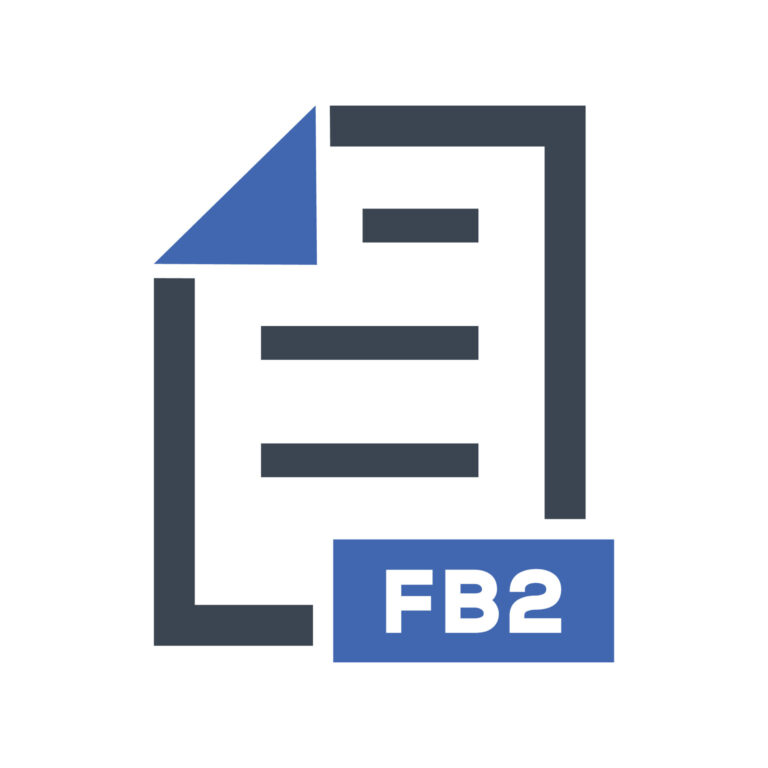From Printing to Pixels: A Brief History of PDF
PDF stands for Portable Document Format, and it is a file format used to present documents in a way that is independent of software, hardware, and operating systems. In this article, we’ll take a look at the history of PDF, how it was created, and how it has evolved over time.
The Early Days of PDF
In the early 1990s, the computer industry was rapidly evolving, and the need for a standardized document format that could be used across different platforms and software was becoming increasingly apparent. At the time, Adobe Systems was the leading software company in the graphics and publishing industry, and they were developing a new technology called PostScript, which was used for printing high-quality documents.
In 1991, Adobe released the first version of Acrobat, a software tool that allowed users to create and share electronic documents using the PostScript language. The first version of Acrobat was not very successful, as it was slow and difficult to use. However, Adobe continued to work on the technology, and in 1993, they released Acrobat 2.0, which included the ability to embed fonts, compress files, and add interactive elements to documents.
The Rise of PDF
With the release of Acrobat 2.0, Adobe had created a new file format that could be used for electronic documents: PDF. PDF quickly gained popularity because it was easy to use, and it preserved the look and feel of printed documents, making it ideal for sharing documents electronically. By the late 1990s, PDF had become the de facto standard for electronic documents, and it was widely used in industries such as publishing, government, and finance.

The Evolution of PDF
Over the years, PDF has continued to evolve, with new features and enhancements being added to each new version. In 2008, Adobe released PDF 1.7, which introduced support for multimedia elements such as video and audio. In 2017, Adobe released PDF 2.0, which included a number of new features such as improved security, support for 3D printing, and better accessibility for people with disabilities.
PDF is still widely used today for electronic document sharing and preservation. It remains the de facto standard for documents that need to be viewed and printed across different platforms and software. Some of the main uses of PDF today include:
- Business documents: PDF is commonly used in the business world for documents such as invoices, contracts, and financial reports. The format’s ability to preserve formatting, fonts, and images ensures that the documents look the same across different devices and platforms.
- Government forms and publications: Many government agencies use PDF for their forms and publications because of its ability to maintain the look and feel of printed documents. This is particularly important for documents that need to be printed and filled out manually.
- Educational materials: PDF is used in the education sector for textbooks, research papers, and course materials. The format’s ability to support multimedia elements such as video and audio makes it ideal for delivering interactive educational content.
- Legal documents: PDF is commonly used in the legal industry for documents such as contracts, briefs, and court filings. The format’s ability to preserve formatting and layout ensures that legal documents look the same across different devices and platforms.
- Personal documents: PDF is also commonly used by individuals for personal documents such as resumes, letters, and portfolios. The format’s ability to maintain the formatting and layout of documents ensures that they look professional and polished.
Overall, PDF remains a crucial format for electronic document sharing and preservation, and its versatility and widespread use make it an essential tool for many industries and individuals.
Takeaways
- PDF was created by Adobe Systems in the early 1990s as a standardized document format that could be used across different platforms and software.
- The first version of Acrobat was released in 1991, but it was not very successful.
- With the release of Acrobat 2.0 in 1993, Adobe created PDF, which quickly became the de facto standard for electronic documents.
- PDF has continued to evolve over the years, with new features and enhancements being added to each new version.
- PDF is still used for legal & government document in 2023!




